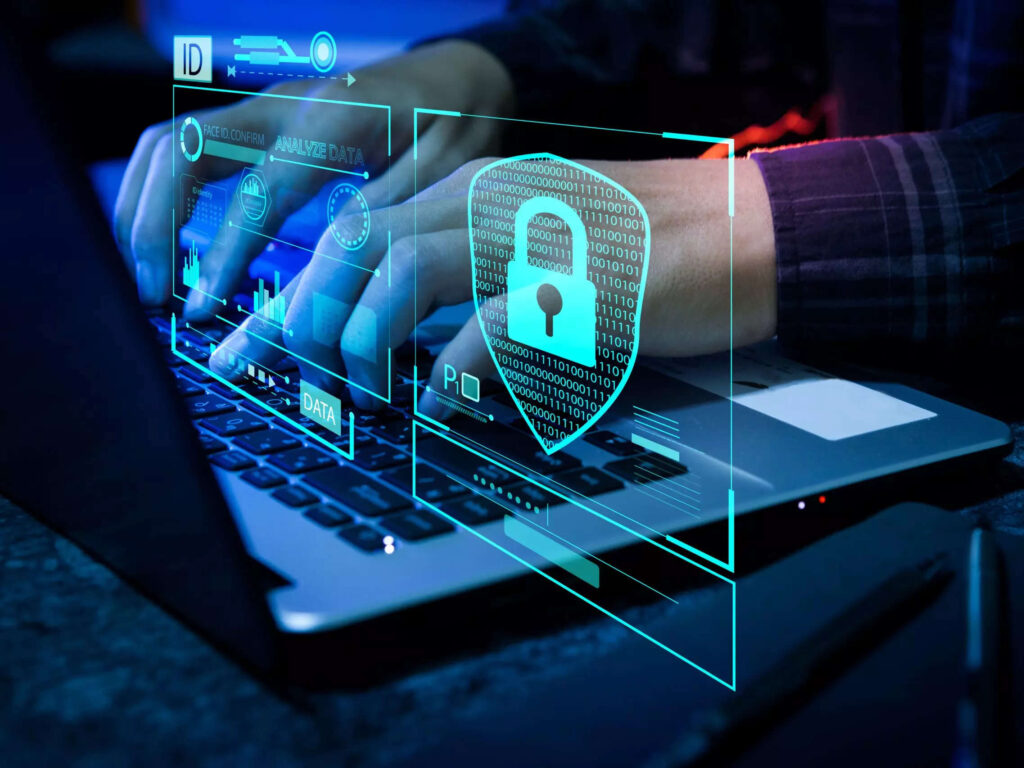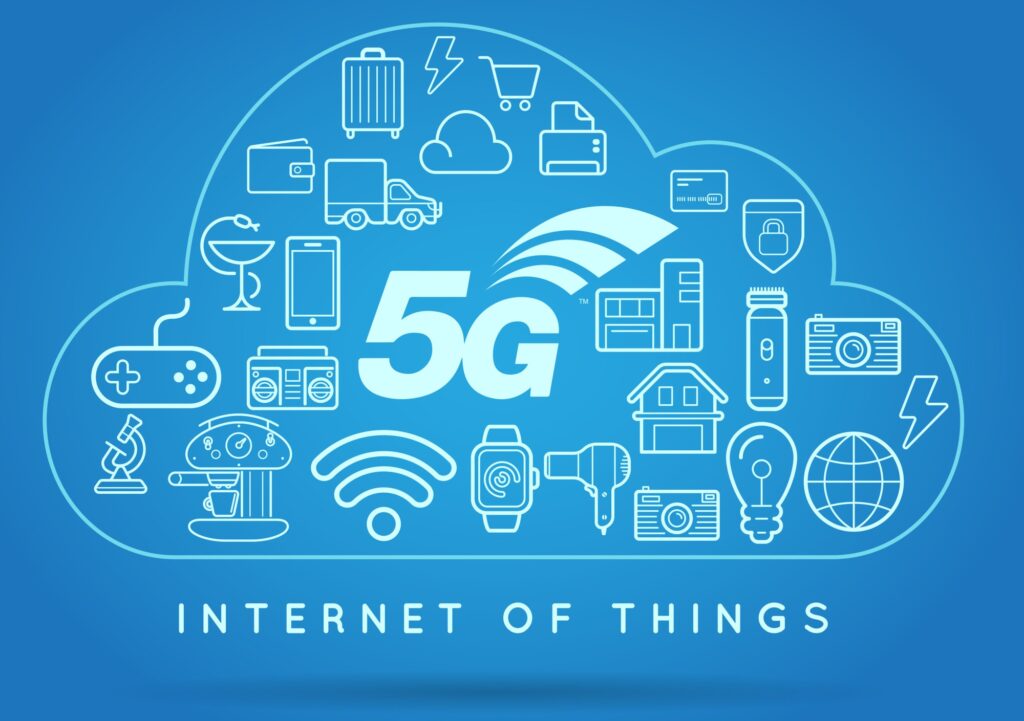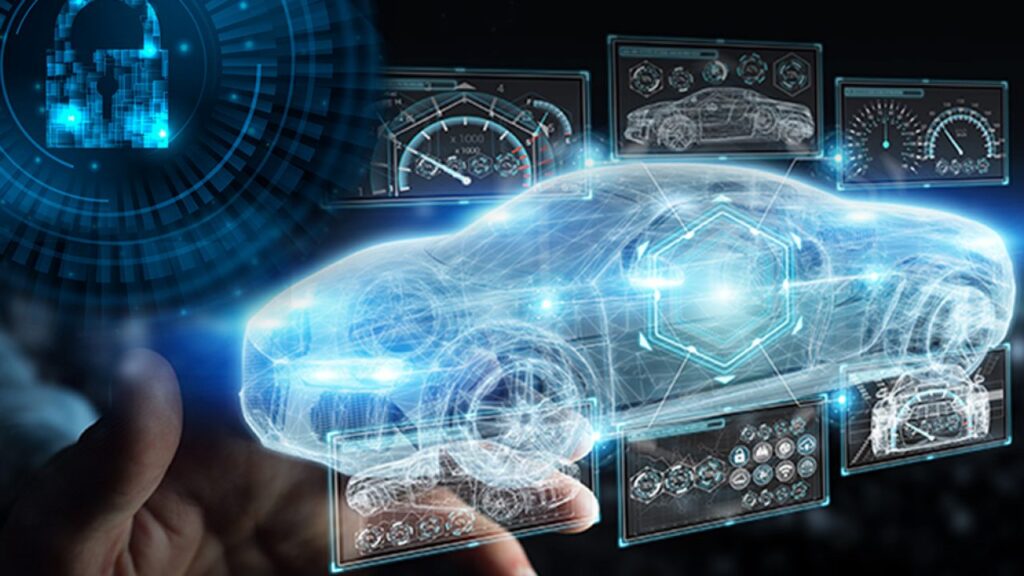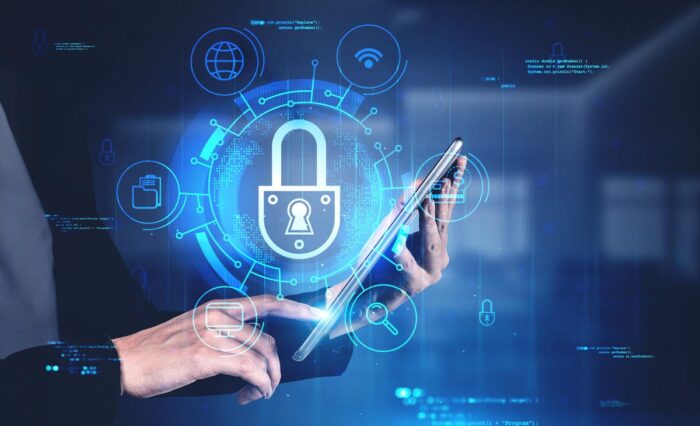If you use the internet for personal use or your company is using the facility, cyber security should be your top priority. This simply means protecting your devices and data from any external online attack. With the digital revolution, everything is getting more and more connected. This connectivity, which has a lot of benefits also comes with a number of threats, the biggest one being cyber security. As technology changes with every little passage of time, so are the trends in cyber security.
To maintain the security of your data, you must ensure to have a reliable internet service provider that offers network security. One of them is Mediacom Internet. You can get free internet security with its internet plans.
However, businesses throughout the globe are demanding new and improved cybersecurity measures from developers. This has led to the creation of advanced security features that can secure devices and data from any threat.
Here are the latest cyber security trends that you must have to stay updated with.
1. Mobile Centric Cyber Security

From computers to laptops and now to mobile phones, this switch has been evident and prevalent. So much of the work is now being done through smartphones. This means that work from mobile is increasingly under threat of being attacked and hacked. This has made companies come up with specialized cybersecurity mechanisms for mobile phones.
Now phones, which are the potential prey for hackers, can be made safer than they were ever before. For example, the biggest threat is around the financial transactions that are carried out on the phone, almost everyone has their banking app working on the phone. To safeguard them and other things like emails and social media, new cyber security trends focus on smartphones.
2. IoT with 5G Network

5G is going to open a new door to the world of connectivity. Match this with the Internet of Things (IoT) and things will be taking several new turns. IoT is a lot more than a few devices connected. It will be used in sectors such as education, healthcare, government, and home security.
However, all of this puts it at greater risk of cyber-attacks. These highly connected devices are vulnerable to bugs even in the most advanced browsers. It may also be that 5G’s structure is new in the industry and requires deep research to make its users secure. Since it is more vulnerable, it requires devices and software that can handle advanced cyber-attacks.
3. Automotive Security

Modern cars and other automobiles come with facilities like the internet and GPS tracking. These are extremely helpful when you’re on the road and want to find the shortest route, empty parking space, cheap gas, or other locations. But this also means that any cyber security breach can happen and this can potentially put your life in danger. This will become an even bigger threat when more driverless cars will be introduced on the roads.
These only work because of their connections via Bluetooth or the internet. A cyber-attack on these means that you won’t be able to lock/open the doors, have no access to airbags, can’t slide down the window, and have no control over where the car is taking you. Companies are working on software that gives more control to the person sitting in the car even if it is a driverless vehicle.
4. Advanced Multifactor Authentication
Multifactor Authentication has been used for many years. This is a method of accessing anything after submitting more than one identity. By doing so, the software ensures that the right person is requesting access. It has now become so important that this market is expected to be valued at $28 billion by 2026.
As a result of advanced features being introduced, tech giants now discourage people from using SMS and voice notes as authentication methods. These two can be easily manipulated and have low security. Hardware security keys are one of the most in-demand things for multifactor authentication.
5. Inside Threats

An insider threat is one of the major reasons for data loss. A little loophole created by someone’s carelessness or just having a bad day can result in a major disaster for companies. Not only does it just data loss, but it can cause big financial loss as well. Data shows that 34% of cyber-attacks happened because of an internal loophole or an employee doing it by mistake.
So investing in good cyber security software isn’t enough, companies need to train their employees more. It will be a form of two-factor authentication, with both software and employees involved.
Concluding Lines
It’s time that businesses make sure that their data is safe from external threats. These emerging trends in the world of cyber-security should be studied keenly because they will be safeguarding the future of data and ultimately finances.
